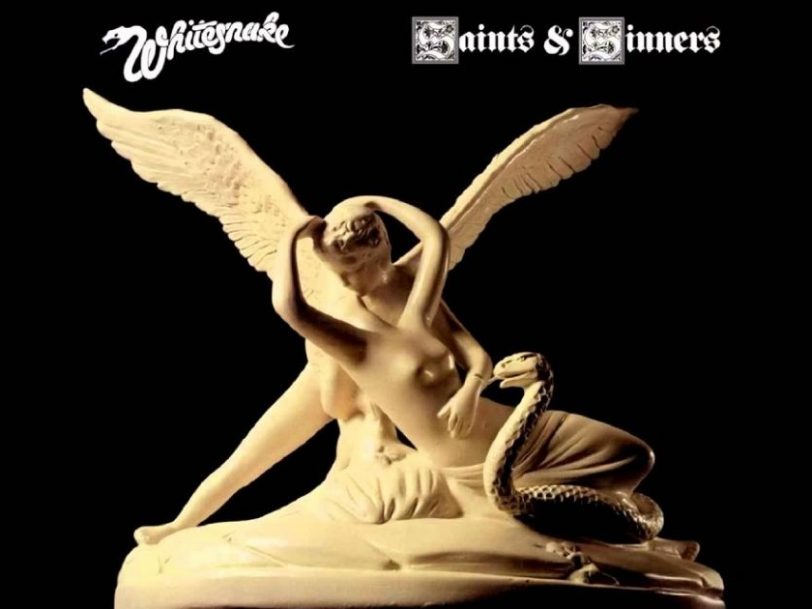Originally released in 1982, Whitesnake’s fifth studio album, Saints & Sinners, stacks up with the veteran hard rock outfit’s very best. It yielded a silver disc and produced the hit single Here I Go Again, but its success was bittersweet, as it proved to be the last record fashioned by the band’s classic Mk II line-up.
Listen to ‘Saints & Sinners’ here.
“There was a lot of strong feelings between us”
This iteration of Whitesnake – featuring ex-Deep Purple triumvirate David Coverdale, Jon Lord and Ian Paice, supplemented by guitarists Micky Moody, Bernie Marsden and bassist Neil Murray – remains crucial for the group. Working up a tough, yet radio-friendly hard-rock sound, they broke into the mainstream on the cusp of the 80s, with their third and fourth albums,Ready An’ Willing and Come An’ Get It, both going gold. Indeed, such was the degree of Whitesnake’s success that Come An’ Get It was only held off the UK No.1 spot by Adam And The Ants’ seemingly omnipresent Kings Of The Wild Frontier.
Those big-selling titles spawned evergreen hits such as Fool For Your Loving and Don’t Break My Heart Again, and took Whitesnake to the very cusp of mass success. Yet, in typical rock’n’roll fashion, just as everything seemed theirs for the taking, it all threatened to go south.




